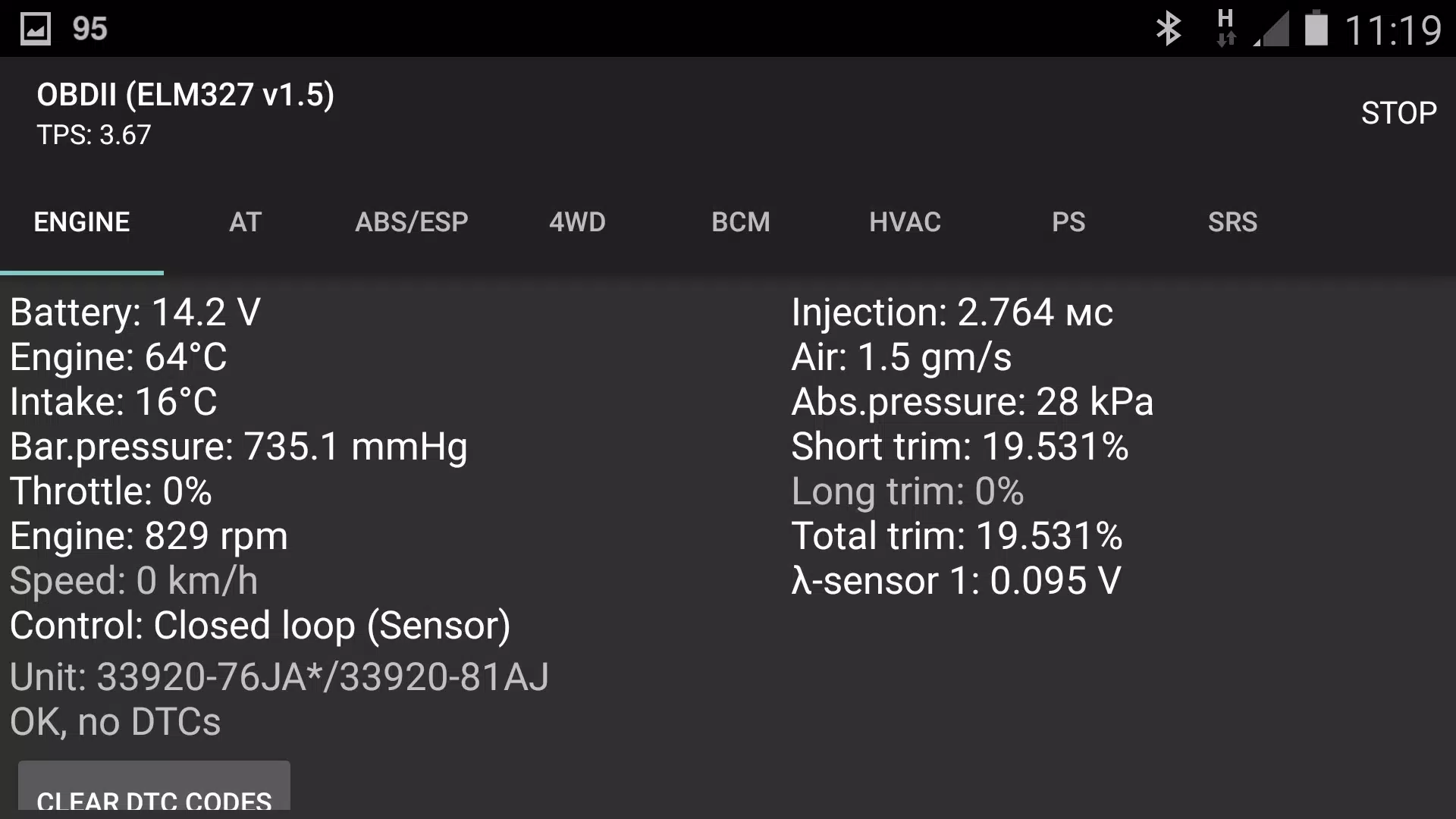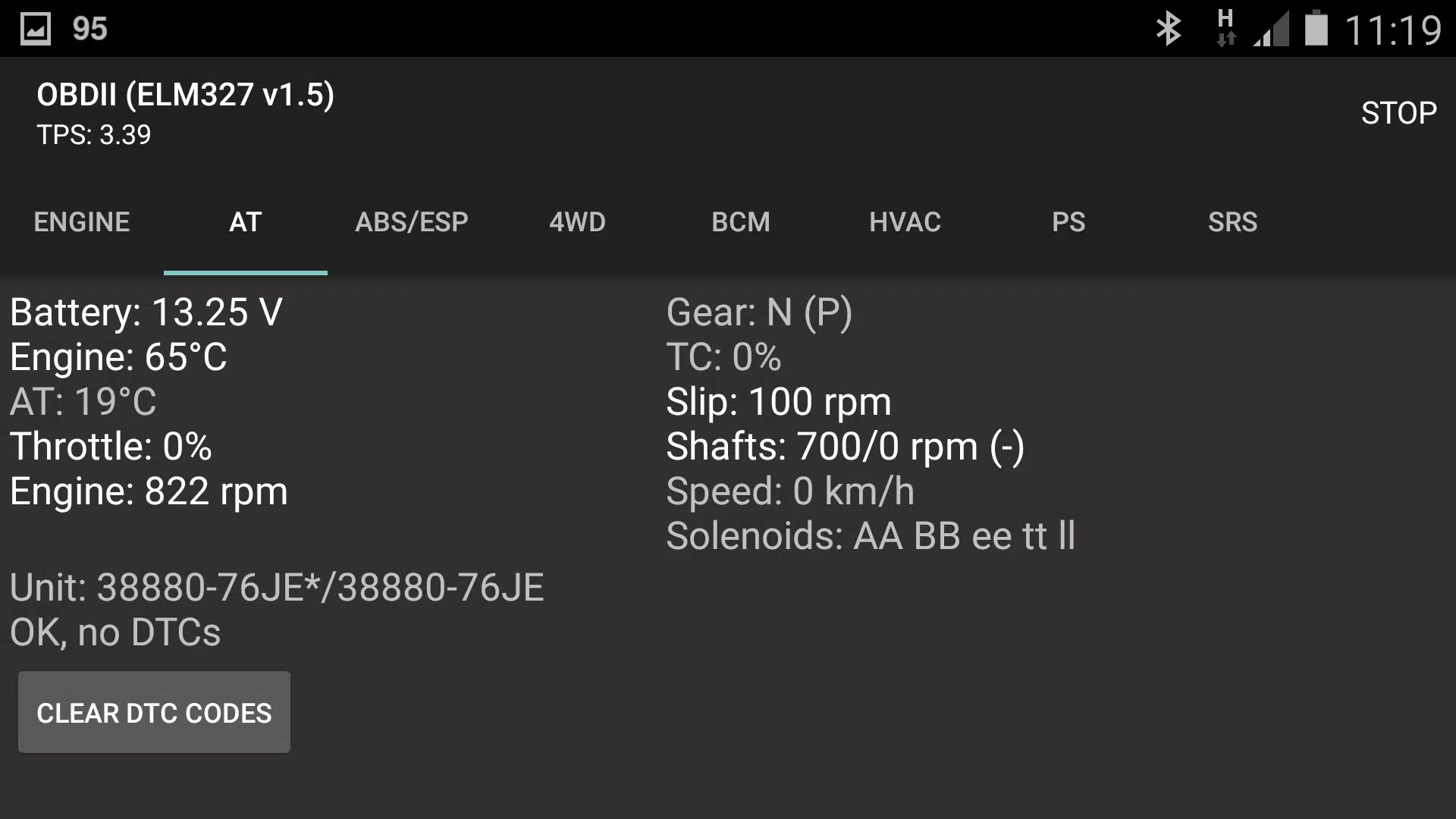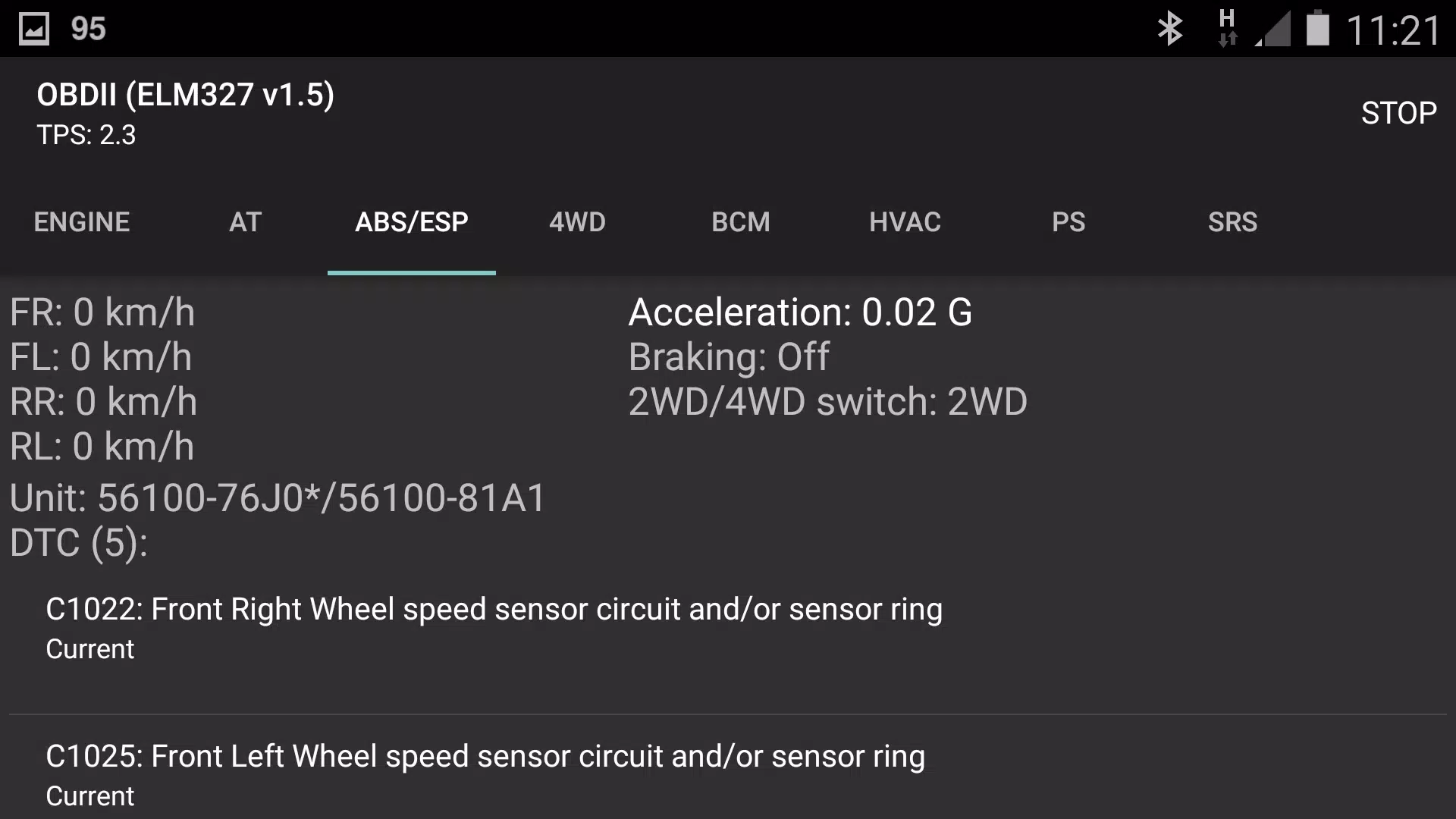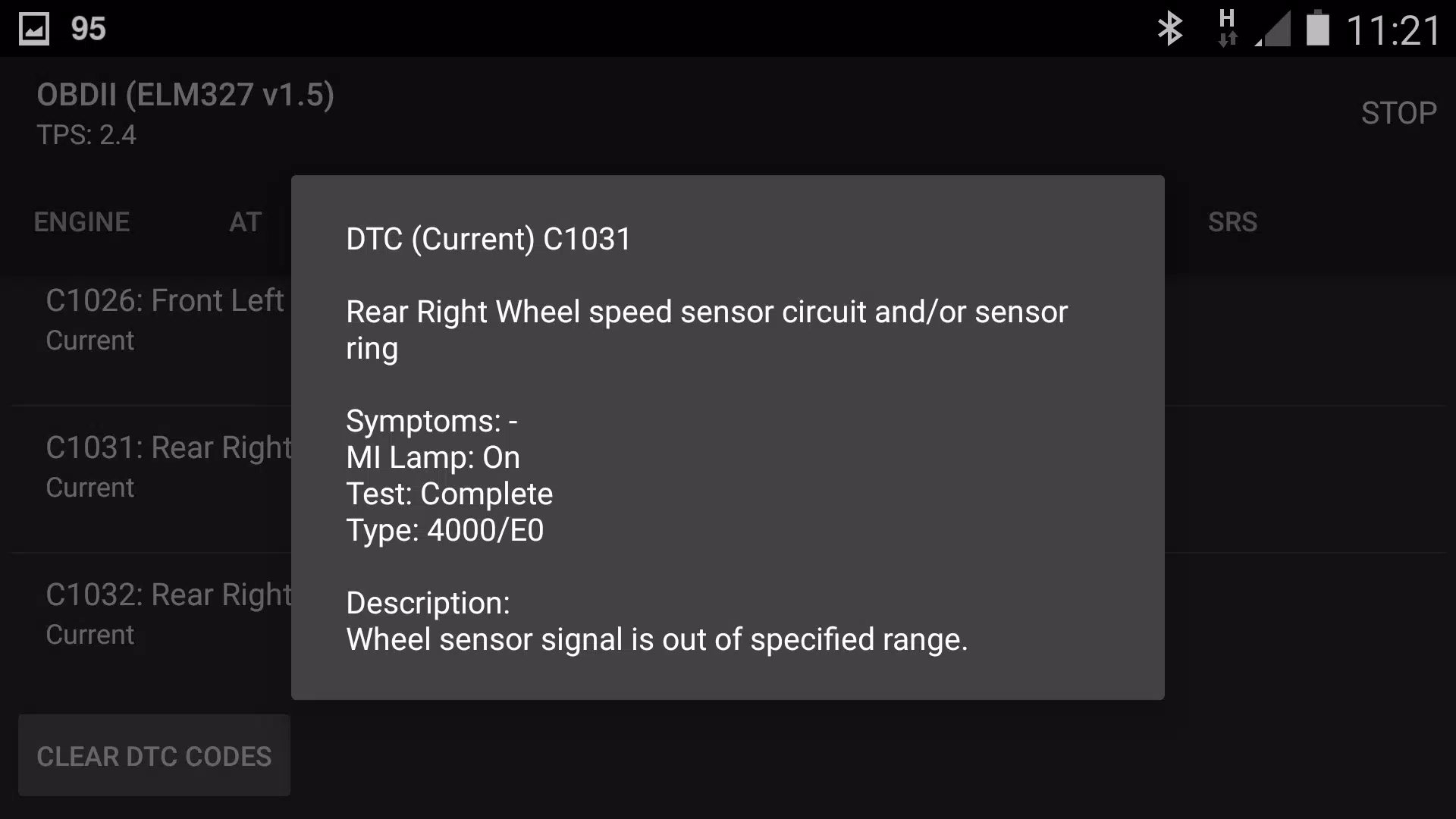SZ Viewer: read DTC for Suzuki
| Latest Version | A1-2024-08-26 | |
| Update | May,06/2025 | |
| Developer | Anton Malykh | |
| OS | Android 4.0+ | |
| Category | Auto & Vehicles | |
| Size | 2.1 MB | |
| Google PlayStore | |
|
| Tags: | Auto & Vehicles |
To effectively use an ELM327 adapter to read Diagnostic Trouble Codes (DTCs) from Suzuki control modules, consider the following detailed guide:
Using ELM327 with SZ Viewer A1 for Suzuki Vehicles
SZ Viewer A1 is a specialized application designed for Suzuki vehicles, utilizing both specific protocols (via K-Line and CAN bus) and standard OBDII protocols. This tool is essential for reading and resetting DTCs, including extended and historical codes, across a wide range of Suzuki control modules.
Compatibility and Requirements
- Vehicle Support: SZ Viewer A1 supports not only global Suzuki models but also Japanese Domestic Market (JDM) Suzuki cars, even those that do not adhere to OBDII protocols.
- ELM327 Adapter: You will need an ELM327 adapter with Bluetooth or Wi-Fi connectivity. Ensure it is version 1.3 or later. Note: Avoid using counterfeit adapters labeled as v2.1 or some v1.5, as they lack the necessary ELM327 commands for proper functionality.
- Unsupported Protocols: The SDL protocol used in pre-2000 model year Suzuki vehicles (5V levels, pin #9 of OBDII connector) is not compatible with ELM327 due to physical differences.
Reading and Resetting DTCs
SZ Viewer A1 enables you to interact with various Suzuki control modules, including but not limited to:
- Powertrain
- Engine
- AT/CVT
- ABS/ESP
- SRS
- AC/HVAC
- BCM
- PS
- EMCD/4WD/AHL
- TPMS
Please note that the availability of these modules can vary depending on the specific Suzuki vehicle model you are working with.
Special Considerations
When diagnosing an HVAC module, you might encounter DTCs such as B1504 or B150A. These codes can appear due to insufficient illumination of the sunload sensor during the diagnostic process. It's important to understand that these codes do not necessarily indicate a malfunction of the sunload sensor itself.
By following these guidelines and using the appropriate tools, you can efficiently diagnose and manage DTCs in Suzuki vehicles, enhancing your vehicle maintenance and repair capabilities.





